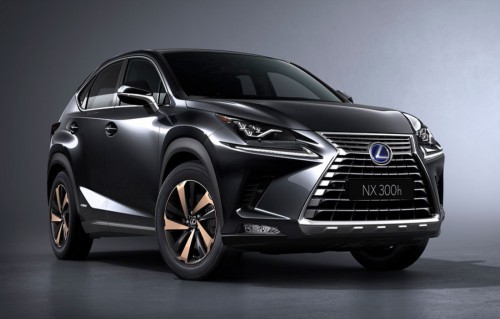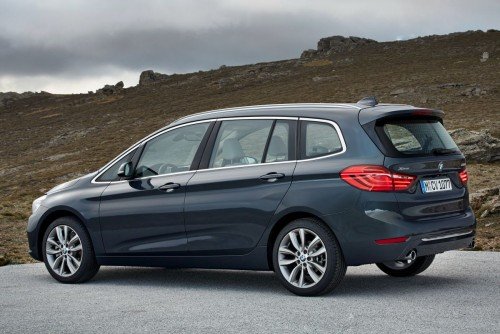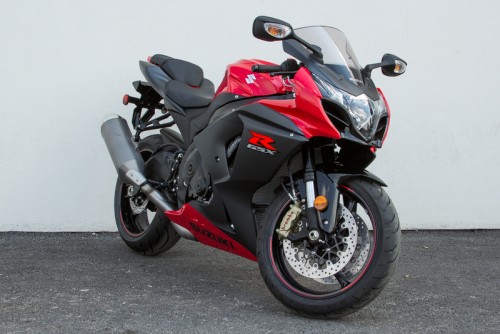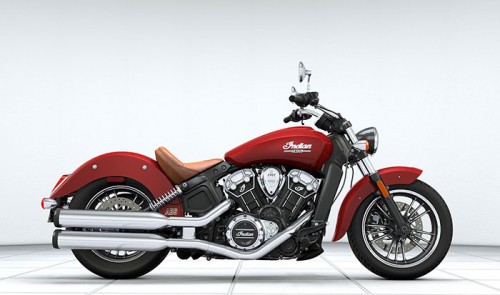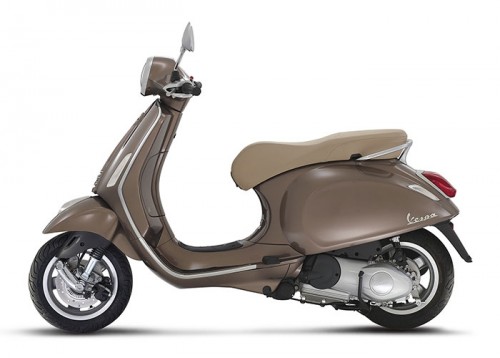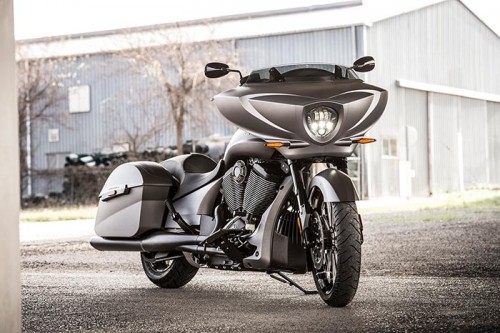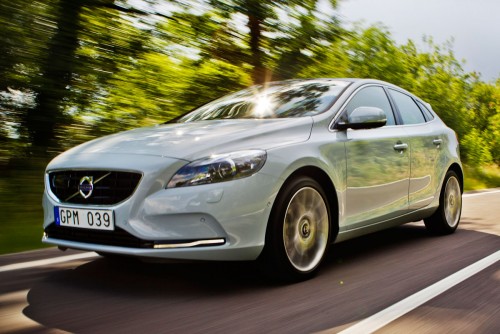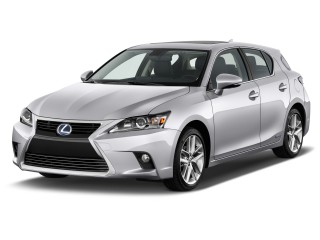About Lada
Overview
Lada made its name in Western Europe selling large volumes of Fiat 124-based VAZ-2101 and its many derivatives as an economy car during the 1980s, but later models were less successful.
The common Lada sedan/estate, sometimes known as the Classic in the west (VAZ 2104/2105/2107 were known as Signet in Canada, Riva in the UK, and Nova in Germany), was partly based on the 1966 Fiat 124 sedan and became a successful export car. The keys to its success were: competitive price, reliability, simple DIY-friendly mechanics and unpretentious functionality. After 1980 over 15 million Ladas were badged as Rivas (UK) Signet (Canada), Nova (Germany), added to some 5 million made from 1969 to 1979, badged as 2101 (Lada 1200 sedan), 2102 (Lada 1200 estate/wagon), Lada 2103 (quad headlights, more luxurious interior than Lada 1200, known as Lada 1500s in Canada), Lada 2106 (improved Lada 2103, known as Lada 1600 in Canada) totaling over 20 million. The car was built under licence in several other countries.
Exported worldwide in the 1980s and 1990s, Lada was a big foreign currency earner for the hard-pressed Soviet Union and was used in barter arrangements in some countries. Over 60% of production was exported, mainly to western countries (the US was the only large market not to have imported Ladas). The rugged design of the Lada Classic, built with heavier-gauge steel bodywork to cope with extreme Siberian climates, poor roads and few service facilities in many parts of Russia, made heavy usage, such as 300,000 miles (480,000 km) mileage possible. Competitive pricing and ease of service made Ladas common as police cars, taxis and a range of public service and civil defence vehicles in many parts of Europe, Africa and the Caribbean.
In March 2008 Renault purchased a 25% stake in AvtoVAZ in a US$1 billion deal. This was expected to result in new Lada models on existing Russian assembly lines. The remaining 75% of AutoVAZ continued to be owned by the Russian state-owned Rostekhnologia corporation. Lada is now part of the Renault-Nissan-Lada group, the world's third-largest by sales revenue (after Toyota and Volkswagen Group).[1] In spite of a flood of western models into the Russian market in recent years, Lada maintained its dominant market share.
2011 was to be a watershed year for the brand, with production of the classic Fiat 124-based 2105 and 2107 series models being completely moved from the Togliatti plant to the IzhAvto plant near Izhevsk,to make space for the company's forthcoming 2116 model.
In April 2012, AvtoVAZ confirmed the end of model 2107 (Lada Riva / Lada Nova), after more than forty years.Production of the rest of the Lada model lineup which includes the Kalina, Priora and Granta continued.
In August 2012, the Lada XRAY concept car was launched at the Moscow International Automobile Salon. The XRAY was designed by chief designer Steve Mattin, formerly of Volvo and Mercedes-Benz.
Models
- Current[edit]
- Lada Niva 4x4 (VAZ-2121/2123) - off-road vehicle
- Lada Niva 4x4 3-doors
- Lada Niva 4x4 5-doors
- Lada Priora (VAZ-2170/2171/2172) - compact car
- Lada Priora sedan
- Lada Priora hatchback
- Lada Priora wagon
- Lada Priora coupé
- Lada Kalina 2 - subcompact car
- Lada Kalina wagon
- Lada Kalina hatchback
- Lada Granta - subcompact car developed in collaboration with Renault and based on the Lada Kalina
- Lada Granta liftback
- Lada Largus - family car based on the Dacia Logan MCV
- Future[edit]
- Lada Vesta - compact sedan (2015)
- Lada XRAY - Concept Suv
- Historic[edit]
- Lada 1200/1300 - VAZ-2101 sold in the West from 1970s (e.g. 1974 for the UK)
- Lada 1500 - VAZ-2103 sold into Western markets from mid 1970s
- Lada Riva (aka Lada Classic) (VAZ-2105/2104/2107) - medium-sized family car based on the original Fiat 124 platform
- Lada Classic 2105 - base sedan
- Lada Classic 2104 - wagon version of the 2105
- Lada Classic 2107 - deluxe version identified by the large chromed grille
- Lada 110 (VAZ-2110/2111/2112) - compact car
- Lada 110 sedan
- Lada 111 wagon
- Lada 112 hatchback
- Lada Kalina - supermini car
- Lada Kalina sedan
- Lada Kalina wagon
- Lada Kalina hatchback
- Lada Kalina sport
- Lada Samara 2 (VAZ-2113/2114) - economy car
- Lada Samara hatchback 3-doors
- Lada Samara hatchback 5-doors
Lada Samara sedan (VAZ-2115)
Countries
Besides the CIS countries, such as Ukraine, Moldova, Belarus, Armenia,Azerbaijan, Kazakhstan, Uzbekistan or Turkmenistan, Lada is currently represented in Estonia, Latvia, Turkey,Romania,Bulgaria,Serbia,Macedonia,Greece, Bosnia Herzegovina,the Czech Republic, Slovakia, Austria,Germany, France,Belgium, Italy, and Switzerland. In most of these, the models marketed are mainly the Niva, the Kalina and the Priora, with some also receiving the Granta and the Largus.
Australia
Ladas were first imported into Australia in 1984 with the Niva compact 4WD and in 1988 the Samara three-door hatchback was introduced. The Samara five-door hatchback and four-door sedan later joined the Samara three-door hatch, but under different names—the five-door hatchback was called the Lada Cevaro and the four-door sedan was sold as the Lada Sable. The Lada Niva 4WD was offered as a ute/pickup truck on an extended wheelbase and a two-door soft top.
In 1988, approximately 6,000 Lada Samaras were modified by Peter Brock's Special Vehicles operation that had previously made high performance Holden Commodores. The cars would be known as the Lada Samara Sedan Brock Delux and included a few subtle Brock-devised suspension tweaks to improve the car's low speed ride. It cost about A$3,000 more than the base model Samara.
While initial sales were promising, reports of poor quality and reliability for the Samaras soon began to take their toll and by 1996 sales had crashed to under 100 units. Ladas were imported into Australia after 1994, but it took two years to sell the remaining stock.
The Lada Niva enjoys a small cult following in Australia; it is the Lada model most often seen on Australian roads.
Brazil
Ladas arrived in Brazil in 1990, when Brazilian president Fernando Collor lifted the ban on car imports. Lada was the first car maker to enter the Brazilian car market, as an official importer (grey importers already brought another makers, soon after the importation re-opening). Initially, the Lada 2105 (sedan) and 2104 (station wagon) models (badged as Lada Laika) and Lada Niva were successful, mostly among taxi drivers, because of their low prices and functionality. Between 1990 and 1992, Lada sold more cars than any other importer to Brazil. Since their arrival, Lada cars were regarded by consumers and local specialized media, as outdated and inefficient but their commercial success was due to the Lada's publicity campaign which gave their cars an image of imported vehicle affordable for almost everyone, combined with consumers curiosity for imported products, a novelty by the time.
Shortly after, the Samara was introduced, but was never successful in Brazil. The Laika models popularity began to wane after a few years. The cars were widely criticized for their poor design and awful handling/performance. However, the Niva continued to be strong in the off-road market, even having a limited edition exclusively for Brazil (Niva Pantanal). It continued to be sold until 1997. Many of the last Lada Nivas sold in Brazil had diesel engines. Most of the Nivas sold in Brazil remain operational and used cars command high prices. A 1991 Niva in very good condition can cost as much as R$11,000 or US$5,500, far more than the average price for a car of that year. The normal price for a Lada Niva made in year 1991 or 1992 is about R$6,000 or US$3,000 in Brazilian used car market. As many as 30,000 Lada cars were sold in Brazil between 1990 and 1997.
Canada
LadaCanada started importing in 1979. The first model was the Lada 2106, with a 1500 cc engine. Later, the Lada Niva, a 1.6L 4x4 Lada, did very well, with over 12,000 sold the first year. Lada disappeared from Canada after the 1998 model year, replaced by low-cost South Korean automakers. By the late 2000s decade, many Lada dealerships and Lada products had disappeared.
Chile
Ladas had been sold in Chile for some time when a catalytic converter requirement was gradually introduced there beginning in 1987. Lada used a Swiss manufacturer of emissions equipment and sold cars thus equipped for a few years. It was later shown that the equipment did not meet the requirement, but Chile did not have the requisite technology to verify manufacturer claims on their own. Lada ended up withdrawing from Chilean market before the end of the nineties.
Costa Rica
Lada cars arrived in Costa Rica in the late seventies and became popular in the eighties as one of the few new cars that the middle class could afford. The models included the Niva, 2104 and Samara among others. A few Ladas still circulate.
Cuba
Lada cars appeared in Cuba in the mid 1970s. They became popular in the 80s and by the end of this decade represented more than 30% of the cars used in the country. The Lada 2101 is used by the police and as taxis.
Motorsport
In 2008 Lada entered the World Touring Car Championship, raced and developed by Russian Bears Motorsport, although badged as a factory team. The team raced the Lada 110 in the 2008 season, but ran a trio of Lada Prioras in the 2009 WTCC. The team scored their first championship points at Imola with renowned BTCC two-time champion James Thompson. Lada withdrew from the WTCC for the 2010 season, but returned in 2012, with TMS Sport entering a Lada Granta WTCC for Thompson in two rounds. The team expanded for 2013, with two cars being run for Thompson and Alexey Dudukalo.
In 1981, Guy Moerenhout Racing made two special models for Lada Belgium :
- Lada 21011 RS Sport, model with 2 Weber carburetors and special sport equipment
- Lada Niva Dream, Big wing extension,special colors and big wheels
See also
- Automobile model numbering system in USSR and Russia
- List of automobile manufacturers
- Lada class submarine




 Home
Home









